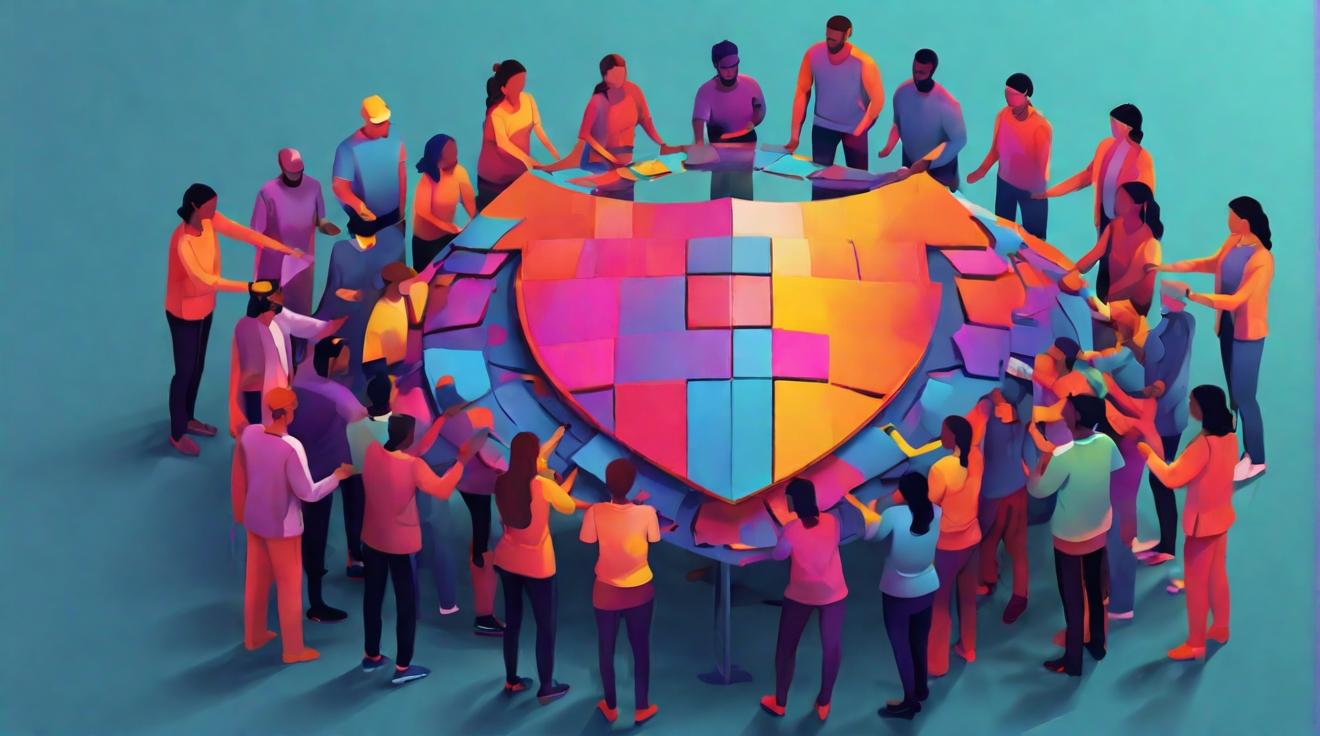The Challenge of Digital Inaccessibility
Imagine filling out an online job application only to be halted by a drop-down menu that your assistive software can't read. This is a common struggle for people with blindness or low vision. Despite advancements in assistive technologies like screen readers, users still face significant barriers due to non-compliant digital content.
The Role of Assistive Technologies
Assistive technologies such as screen readers, screen magnifiers, and braille notetakers are vital for enabling blind and low-vision individuals to compete in the job market. These tools help bridge the gap between them and their sighted peers. However, the digital environment often fails to meet necessary accessibility standards, limiting the effectiveness of these tools.
Current Employment Landscape
In the U.S., there are around 8 million people with blindness or low vision. Of these, over 4.23 million are of working age, yet only about half are employed. This statistic highlights the disparity in employment rates compared to the general population, exacerbated by the digital inaccessibility of many workplace environments.
Technological Progress and Limitations
While tech giants have integrated accessibility features like VoiceOver on iPhones and Narrator on Windows, these advancements have not been enough. Users frequently report challenges with digital content that is technically accessible but practically unusable, such as non-compliant job application systems.
Legal and Standardization Efforts
Attempts to address digital accessibility have led to an increasing number of lawsuits under the Americans with Disabilities Act (ADA). The World Wide Web Consortium has issued the Web Content Accessibility Guidelines (WCAG) to help developers create accessible content. Yet, a significant amount of digital content remains non-compliant, as evidenced by WebAIM's findings of an average of 50 accessibility errors per webpage.
Building an Accessible Future
Creating an accessible digital environment requires starting from scratch. Accessibility should be a part of the digital curriculum, ensuring developers are trained to code with inclusion in mind. Companies can drive change by demanding accessible software, and individuals can contribute by ensuring their digital documents are accessible, utilizing tools like Microsoft's accessibility checker.
Promoting digital accessibility not only enhances employment opportunities for blind and low-vision individuals but also fosters a more inclusive society for everyone.













